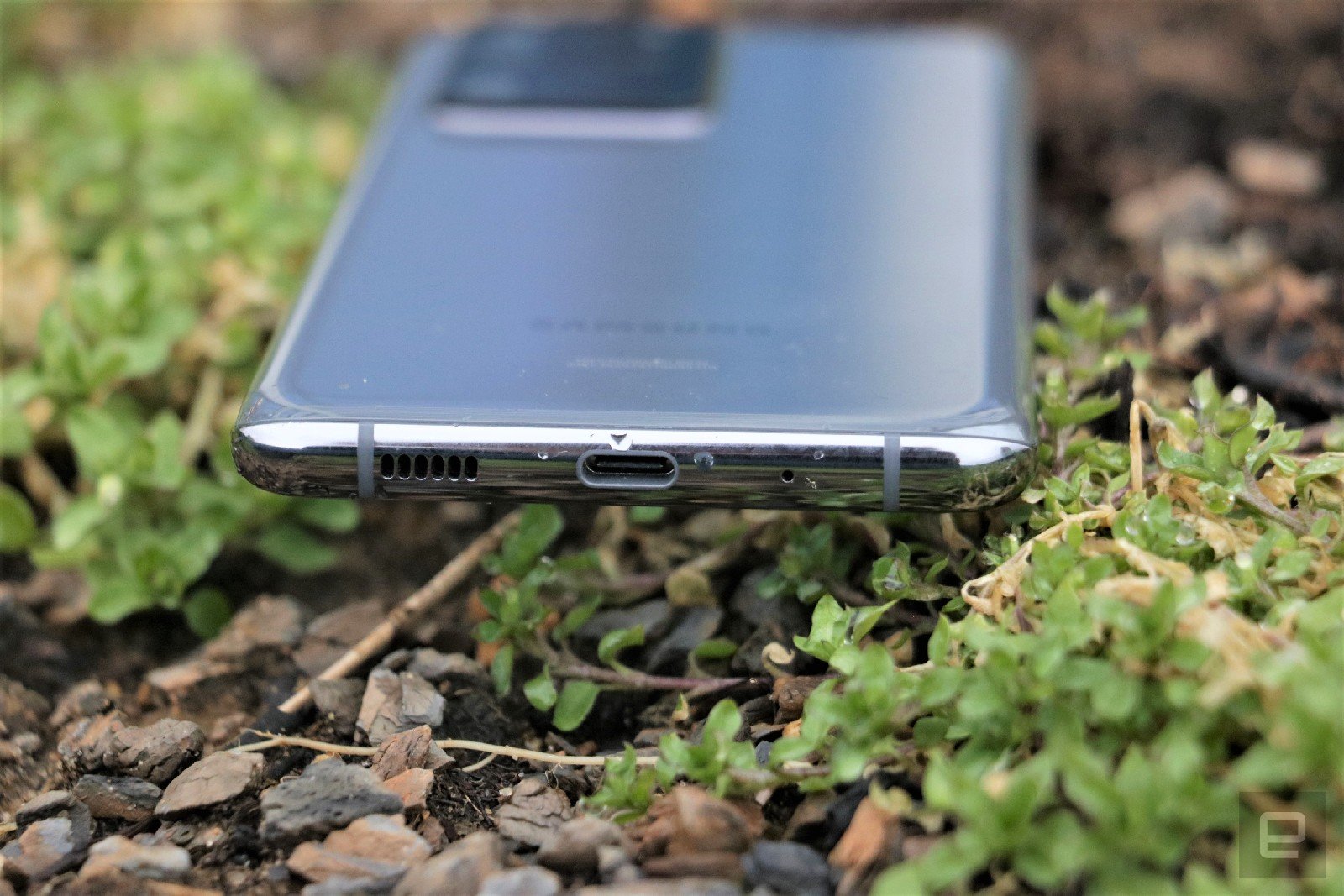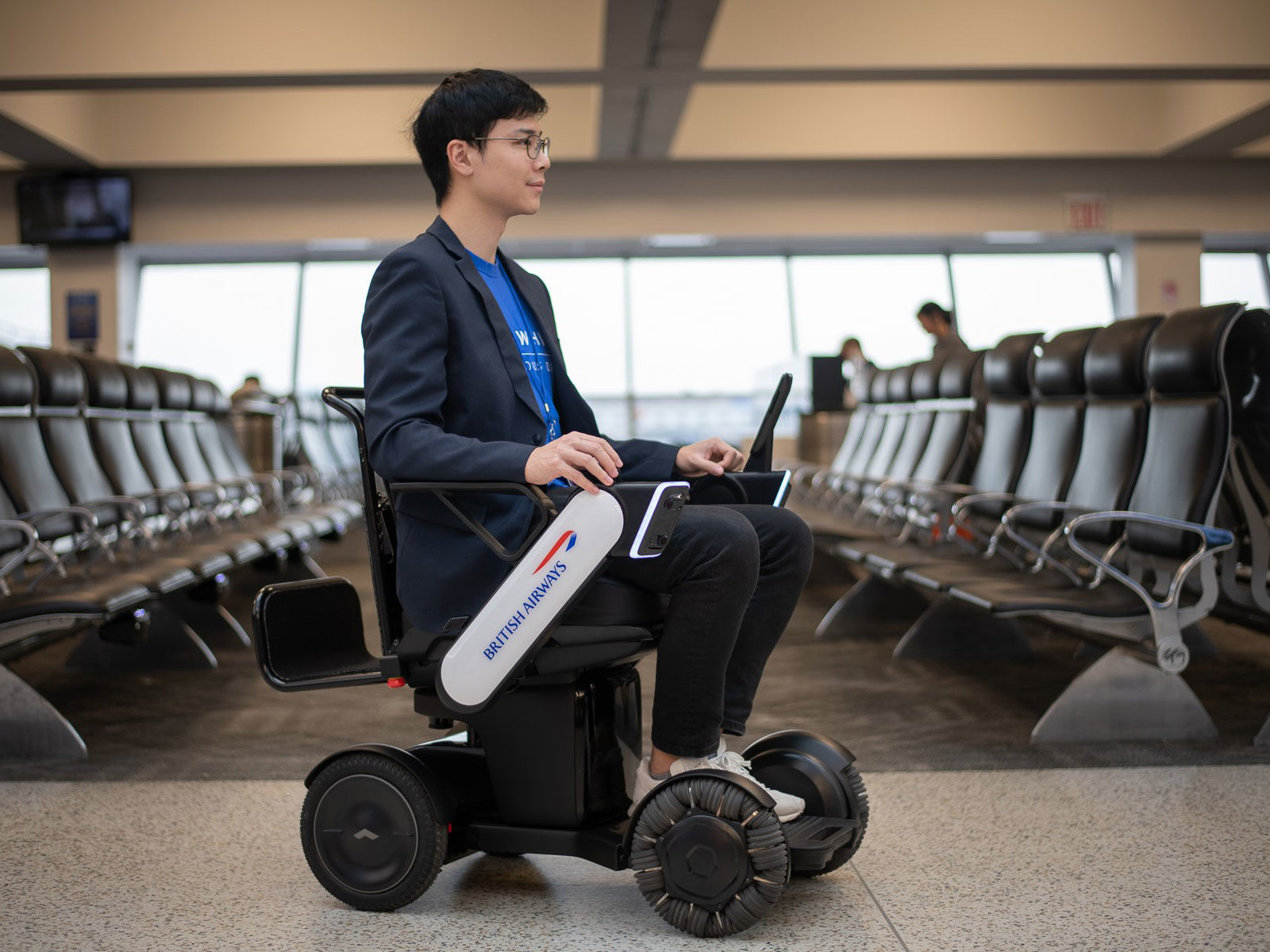Faster screens
Although watching 8K videos on the S20 Ultra is silly, it’s still a lovely canvas. The cityscapes I shot looked crisp and colorful on the Ultra’s 6.9-inch screen, even in sunlight. I also enjoyed watching a couple of 4K HDR videos and endless Instagram posts about my friends’ exciting lives. Plus, the Ultra’s almost all-screen front made the viewing experience more immersive and inviting.
One of the highlights on the S20 series is their 120Hz displays, which allows them to refresh much faster than other phones. So far, only the Razer Phone 2, the ASUS ROG Phone 2 and the Sharp AQUOS Zero 2 hit those rates. The Pixel 4 and OnePlus 7T Pro go up to 90hz. It’s a growing trend, but certainly not a widespread feature yet.
To be clear, the S20 Ultra will only refresh that that rate at 1080p. If you want a higher 1440p resolution, you’re stuck with 60Hz. The main benefit of a 120Hz screen is much smoother videos or games at that frame rate, though those are still relatively scant. But another bonus is that thumbing through pages on your phone will also look more fluid. Since so much of my activity online involves scrolling — whether it’s my Instagram or Twitter feeds or a random Reddit binge — I thought this would be a huge improvement. But as much as I appreciated the smoother display, I didn’t miss it when I went back to my Pixel 3. The Pixel 4, with its 90Hz screen, was more than fast enough for me.

5G in the real world today
Speaking of fast, the S20 series supports both sub-6 and millimeter wave 5G, and the latter promises serious speed improvements. Of course, I was also slightly concerned about the difficulty in maintaining a connection because they’re notoriously easy to disrupt. If your hand completely covers the antenna, for example, you might lose your signal.
I was hoping that technologies like beamforming and beam-tracking would make mmWave signals more reliable, but it was embarrassingly easy to interrupt them in New York. Our review unit was running on Verizon’s network, but the Ultra will support 5G on all carriers. Since Verizon only offers mmWave 5G right now with no sub-6, and those waves don’t propagate as far, coverage is still quite limited. I had to hunt down nodes through an online map to go chill out within line of sight of one of them to test these supposed super fast downloads.
On a Verizon phone, the 5GUWB icon that indicates a mmWave connection only shows up when an active data download is happening on the network. So, even though I saw the icon switch between 5GUWB and LTE as I walked up and down a block in Brooklyn that had a node on the corner, it wasn’t a good indicator of coverage.
When I did manage to latch on to a signal, though, the rewards were huge. I hit up to 800 Mbps download speeds, according to Speedtest, when connected to a 5G node in Manhattan. A 4K video that took me 13 minutes to download over 4G LTE came through in just 13 seconds on mmWave. Uploads, on the other hand, were only about 50 Mbps, but that’s because Verizon is still using LTE for all uploads. That means posting your Instagram Stories or YouTube videos on the carrier won’t be any quicker.
Battery life and performance
One of the biggest concerns about technologies like mmWave 5G or a screen with a high refresh rate is their impact on battery life. To allay our concerns, Samsung stuffed a whopping 5,000mAh cell into the Ultra. I set my screen to 120Hz and used the S20 Ultra for a ton of photo taking and Instagramming, along with the usual slew of messaging, and the battery lasted about a day and a half. On our battery test, the S20 Ultra lasted 11 and a half hours, which is surprisingly shorter than the Pixel 4 XL. It does line up with the S10+ and outlast the iPhone 11 Pro Max in general use, though.
I mostly used the S20 Ultra for messaging, Instagram and Twitter as well as taking a ton of photos and videos. The Snapdragon 865 chipset held up well in general, and the phone only stalled once when I was trying to switch camera modes while a video was still saving. To push the S20 Ultra harder, I played a round of Call Of Duty Mobile while recording the screen, and then quickly tried to edit the video. Unsurprisingly, the phone managed all that without a hiccup.
Since it is a Galaxy S flagship after all, the Ultra also offers features from older stablemates like an in-display fingerprint sensor, reverse wireless charging and Bixby Routines — you know, in case you found that useful. You’ll also get the standard set of pre-loaded apps from Samsung, Google and Microsoft, but for some reason Netflix and Facebook also come installed. That’s fine, most people use these apps. But for those who don’t, or if you’re against Facebook on principle (like I am), bad news: you can’t uninstall either. Your only option is to disable them, which removes them from your app drawer and silences notifications. Still, that’s a relatively minor gripe.


